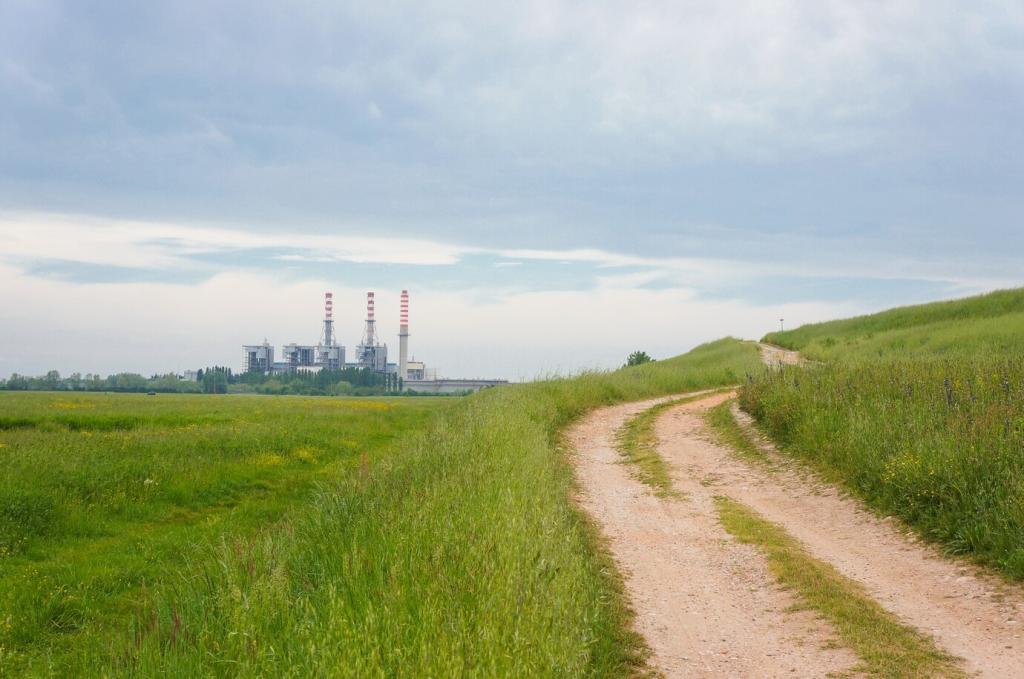Compliance, Transparency, and Trust
Treat audits like health checks. Pre-audit walks identify weak spots, while cross-functional mock inspections ensure readiness. Findings become a prioritized roadmap, capturing quick wins and longer-term investments that strengthen both compliance and everyday operational discipline.
Compliance, Transparency, and Trust
Consistent labels and color coding prevent contamination and rework. Batch IDs follow materials from receiving to recycling, preserving value and accountability. When traceability is simple, partners trust your streams—and higher-quality markets open up for recovered materials.



